In today's business world, printing is ubiquitous and takes many forms. From the dazzling array of commodity labels on supermarket shelves to the logistics barcodes accurately managed in warehouses; From the delicate branding on fashion watches to the durability instructions on medical devices that must withstand disinfection. Behind these printing results is thermal transfer technology – a precision process that transfers ink onto a material by heating a ribbon.
However, a central question arises: how to ensure that each ribbon is accurately matched on a specific printer to produce the perfect result in such a complex printing media, industry standards, and customer customization? The answer starts not in the printer itself, but in a key link that is often overlooked - ribbon slitting machines. It is a solid foundation for meeting diverse printing needs.
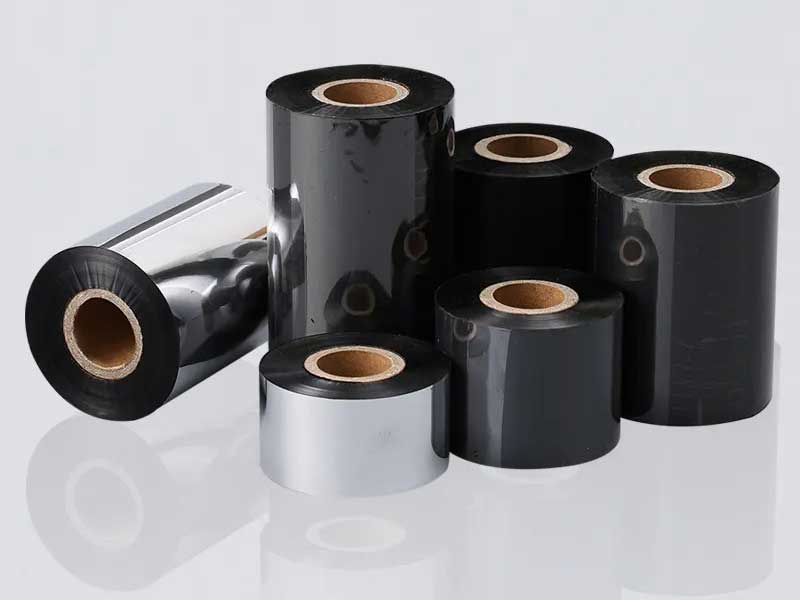
First, diversified printing needs, calling for the ultimate ribbon matching
The printing needs of modern industry have long gone beyond the primary stage of "just printing", which is reflected in:
1. Ultimate Size Personalization: Printing equipment comes in a wide range of models, from portable handheld terminals to large industrial printers, with ribbon cores with varying inner diameters (such as 1 inch, 0.5 inches) and roll widths (ranging from 30mm to 140mm). Without the right size ribbon, even the most advanced printers will not operate.
2. Precise correspondence of materials: Different materials to be printed require different types of ribbons. Printing on bright white PET labels may require a universal wax-based ribbon; Printing on scratch-resistant synthetic paper or laminated labels requires durable resin-based ribbons; On soft clothing tags, a mixture of base carbon may be needed to bring a balance effect and cost. Each material of ribbon has different base film and coating characteristics, which puts forward different requirements for the slitting process.
3. Strict performance requirements: In cold chain logistics, labels need to resist condensation and low temperatures; On auto parts, the logo must be resistant to oil and corrosion; In retail, barcodes need to be highly reflective to ensure quick identification with each scan. These properties depend on the quality of the ribbon itself and on the intact protection of its coating during slitting.
If ribbon suppliers can only provide a handful of standard specifications, a large number of unique, low-volume, urgent printing needs will not be met. At this time, the value of ribbon slitting machines comes to the fore.
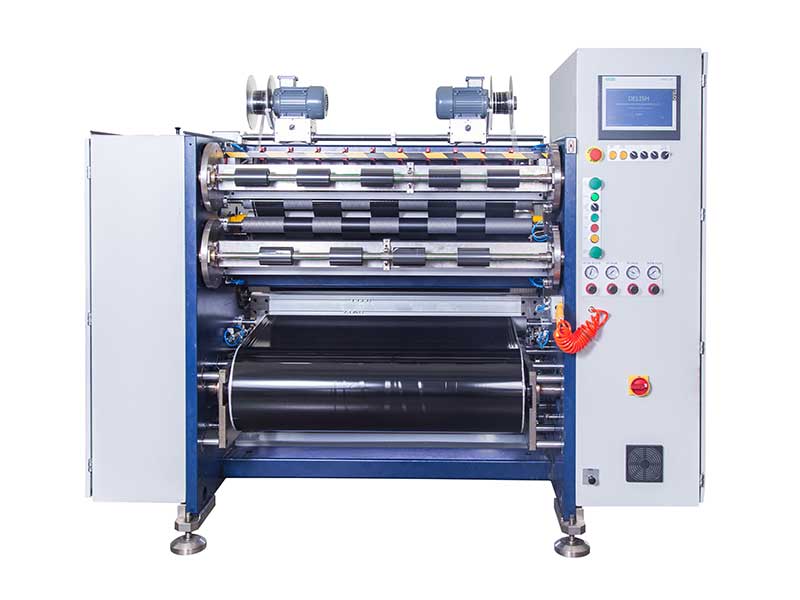
Second, ribbon slitting machine: precision tailoring from "raw materials" to "finished products"
You can think of a large roll of raw ribbon (mother roll) as a gorgeous uncut piece of fabric, and the ribbon slitter is that skilled tailor. Its core mission is to accurately cut this "fabric" into a "ready-to-wear" (finished ribbon) that fits various "figures" (printers) and "occasions" (application scenarios).
• Precise slitting to ensure compatibility: The high-precision slitting machine can cut wide master coils into dozens or even hundreds of narrow coils of different widths, with width tolerances down to the micron level. This ensures that each ribbon loads smoothly and smoothly into the designated printer, avoiding cassettes, folds, or print shifts caused by improper width, which is the physical basis for smooth printing operations.
• Non-destructive slitting for quality: the structure of the ribbon is extremely precise, especially the ink coating on the surface. Poor quality or rough slitting can create high temperatures, burrs, or internal stresses that can cause ink spillage, breakage, or blank lines when printing. Advanced slitting machines use precision blade or laser slitting technology, combined with proper tension control, to achieve a clean cut like "minimally invasive surgery", perfectly preserving the original printing performance of the ribbon.
• Flexible customization and responsiveness: This is the key to meeting diverse needs. With slitting machines, suppliers have the flexibility to respond to customer orders. Whether it is a large roll that requires a width of 100mm and a length of 300 meters, or a small batch of trial rolls that requires a width of 20mm and a length of 30 meters; Whether it is necessary to slice ribbons of different materials into the same specifications for testing, or to customize products of special lengths for customers, the slitting machine can achieve it efficiently and quickly. It gives the supply chain great resilience.
• Improve efficiency and control costs: Directly importing or purchasing various non-standard specifications of finished ribbons not only has a long delivery cycle, but also has extremely high inventory costs. Suppliers with slitting capabilities can reserve a small number of master coils, which greatly reduces inventory pressure and capital occupation through slitting "on-demand production", and can also provide customers with more competitive prices and faster services.
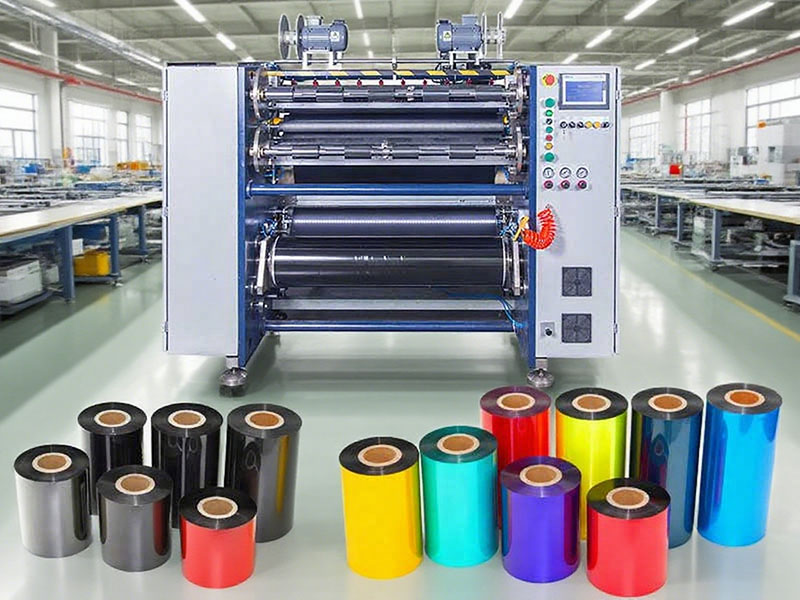
Conclusion: If the foundation is not solid, the earth will shake
When we admire the clear barcodes and exquisite patterns produced by a printer, we should not forget that it is the ribbon with precise size, smooth edges, and matched material that silently carries the ink and completes the final presentation. And the birth of this qualified ribbon began with the meticulous cutting of the ribbon slitting machine.
Therefore, meeting diverse printing needs must start with laying the foundation of ribbon. The ribbon slitting machine is the cornerstone of shaping this foundation. Although it is behind the scenes, it provides infinite possibilities for the ever-changing printing applications in the front desk with its sophisticated "cutting" technology. In today's pursuit of personalization and efficiency, investing in and attaching importance to ribbon slitting technology is to seize the lifeblood of meeting the more complex and diverse printing needs of the future.



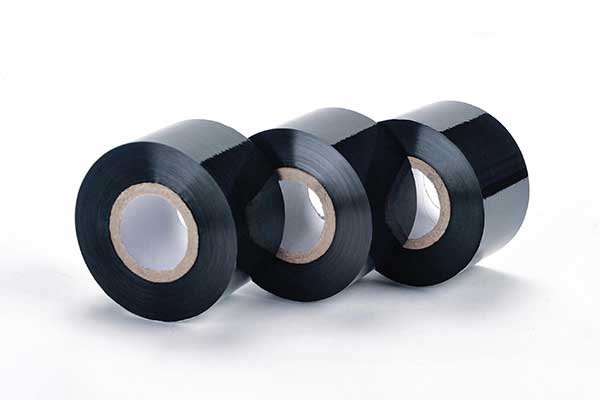

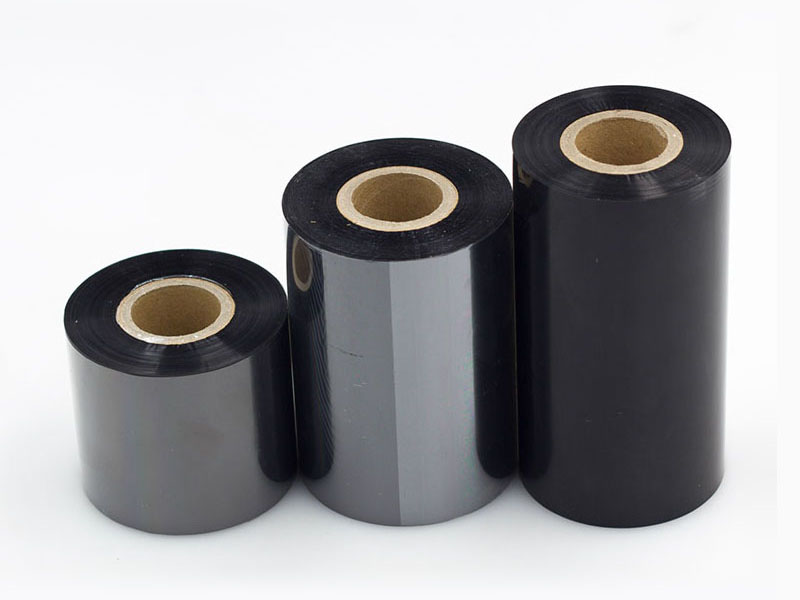
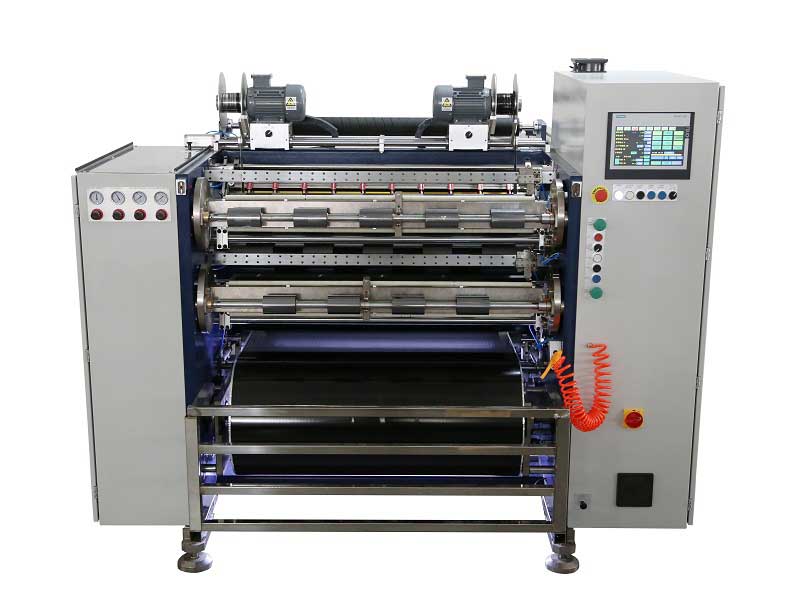 Automatic Thermal Transfer Ribbon Slitting Machine RSDS8 H PLUS
Automatic Thermal Transfer Ribbon Slitting Machine RSDS8 H PLUS Thermal Transfer Ribbons Packaging Machine
Thermal Transfer Ribbons Packaging Machine Semi Automatic Thermal Transfer Ribbon Slitting Machine RSDS5 PLUS
Semi Automatic Thermal Transfer Ribbon Slitting Machine RSDS5 PLUS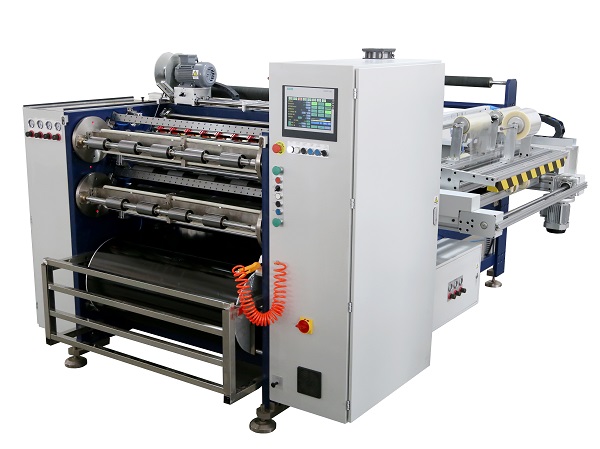 Automatic Thermal Transfer Ribbon Slitting Machine RSDS8 PLUS
Automatic Thermal Transfer Ribbon Slitting Machine RSDS8 PLUS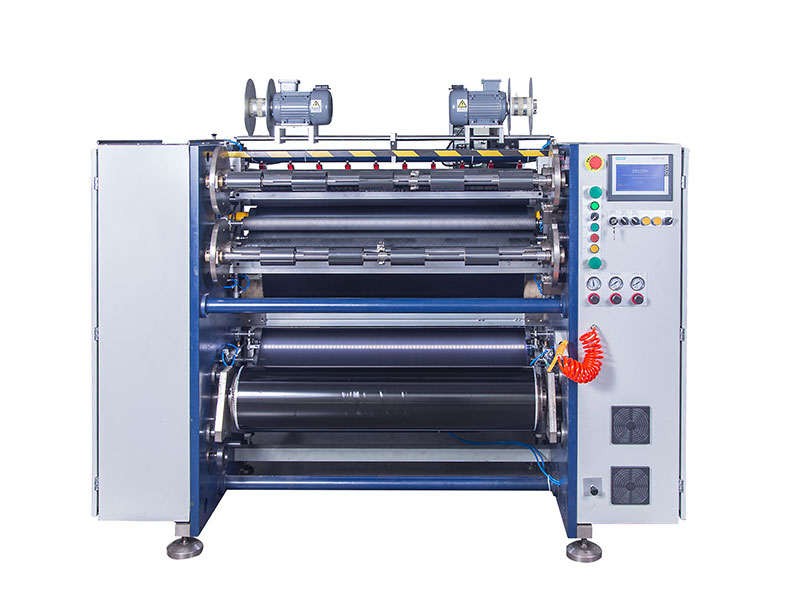 Barcode Ribbon Slitting Machine
Barcode Ribbon Slitting Machine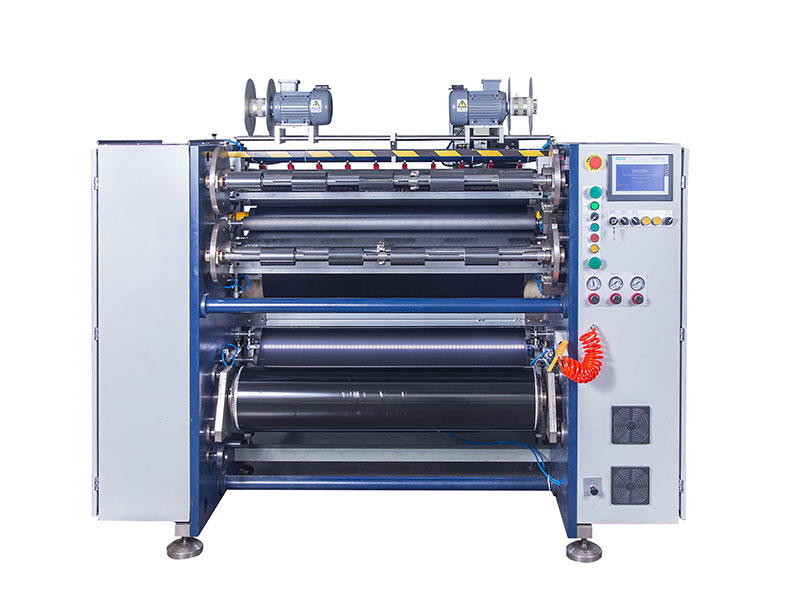 Ribbon Slitting Machine
Ribbon Slitting Machine TTR Slitting Machine
TTR Slitting Machine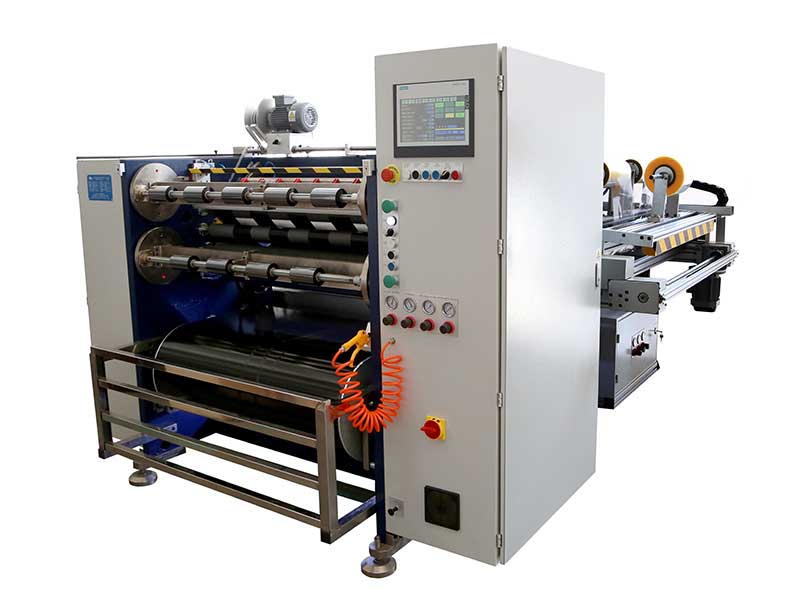 Automatic Thermal Transfer Ribbon Slitting Machine RSDS6 PLUS
Automatic Thermal Transfer Ribbon Slitting Machine RSDS6 PLUS

